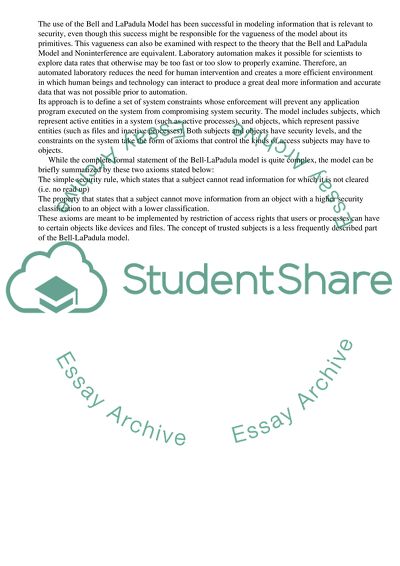Cite this document
(“Laboratory Information Management Systems Research Proposal”, n.d.)
Laboratory Information Management Systems Research Proposal. Retrieved from https://studentshare.org/management/1507401-laboratory-information-management-systems-essay
Laboratory Information Management Systems Research Proposal. Retrieved from https://studentshare.org/management/1507401-laboratory-information-management-systems-essay
(Laboratory Information Management Systems Research Proposal)
Laboratory Information Management Systems Research Proposal. https://studentshare.org/management/1507401-laboratory-information-management-systems-essay.
Laboratory Information Management Systems Research Proposal. https://studentshare.org/management/1507401-laboratory-information-management-systems-essay.
“Laboratory Information Management Systems Research Proposal”, n.d. https://studentshare.org/management/1507401-laboratory-information-management-systems-essay.


